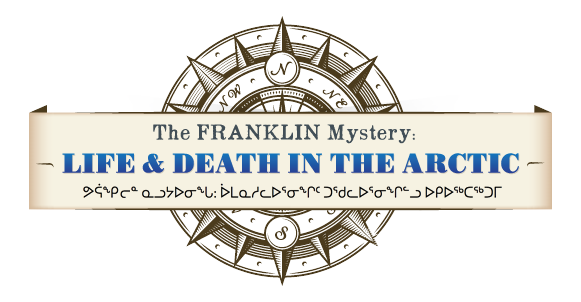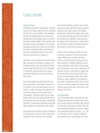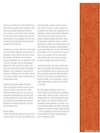Unikkaaqatigiit: Putting the Human Face on Climate Change: Perspectives from Inuit in Canada (2005)
Evidence of Change
The information presented in Unikkaaqatigiit — Putting the Human Face on Climate Change is the result of workshops held from 2002 to 2005, involving 17 Inuit communities
[...]
Inuit living in Arctic communities hold a wealth of knowledge on the ways their environment is changing. In the community workshops, Inuit clearly stated their observations that support the claim that the Arctic environment is changing. They reported a broad scope of changes encompassing biophysical, socio-economic and human health aspects.
[...]
It is for this reason that the Unikkaaqatigiit — Putting the Human Face on Climate Change research project was initiated, with the intent to help communities document observations, understandings and effects of climate-related change and to identify and develop strategies to cope and adapt to these changes.
Inuit reported that environmental changes are happening at an alarming rate in the Arctic and are creating many challenges for them. Participants in the community-based workshops identified a number of ways in which environmental changes affect them which go beyond the biophysical realm. Impacts extend to the individual, household and community levels. Mental, physical, spiritual and cultural well-being, and the economic health of the community are all identified as being impacted by the changes currently taking place. It is evident that for Inuit, the effects of change are experienced throughout the ecosystem, of which they are an integral part.
Clearly, not all of the changes occurring in the North are affecting communities in the same way. Observed changes differed among communities and regions. Similarly, a particular change in the environment may affect communities or individuals differently in various locations, depending on many factors, including geography, local environment, socio-economic opportunities and community priorities, to name a few. This suggests that any measures taken to respond to these impacts must take into account community residents' needs, abilities and desires, as well as differences in the regional and local context. Occupying the top level of the Arctic food chain, Inuit are already adapting to the impacts of environmental change and are eager to find solutions to the challenges they still face.
Inuit Understanding
[...]
The depth, richness, and interconnected nature of Inuit knowledge of the Arctic environment and Inuit's relationship with the environment are evident in these statements.
Emerging here is a picture of the nature of Inuit knowledge, which reveals complex webs of relationships. The investigation of these relational chains helps to expose the similarities – and differences — of observations, impacts and adaptations from one community to another and from one region to the next. The examination highlights the critical components to monitor in the future that may help develop a better understanding of adaptation in Inuit communities.




